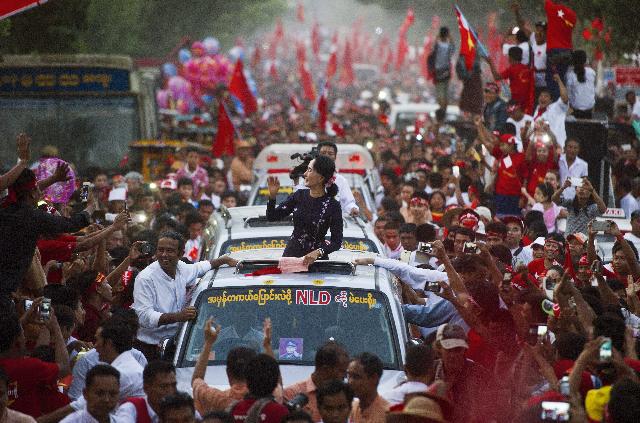Whether through “hashtag activism,” Facebook “likes” or viral video campaigns, it is undeniable that social networking technology is transforming the face of advocacy as everyone knows it.
With the invasion of social media into the everyday lives of millions of people, such online presence is of new and fundamental importance to advocacy groups and individual campaigners worldwide. So-called social media gurus are increasingly consulted and employed by awareness-raising organisations in an effort to maximise the potential of this new arena.
There are significant benefits to this new type of advocacy, not least the huge potential audience to be gained in the 845 million active Facebook users, 175 million Tweeters, and 262 million Myspace users worldwide. The presence of human rights organisations on these networks is now of fundamental importance for contemporary advocacy, as the exposure given to their activities exceeds anything previously possible. Amnesty International USA’s Facebook page, for example, has almost 450,000 fans able to receive daily updates, while Human Rights Watch has a Twitter following of 301,649.
Moreover, due to social media users’ ability to share and re-tweet information, the gross potential audience for the information shared by these organisations is far greater still. Many organisations, such as UK charity Tearfund, now actively encourage their supporters in pursuing their own social media advocacy, making the most of their followers’ enthusiasm. Furthermore, with the advent of “trending” and other such content monitors, there remains a distinct possibility of campaigns and messages going viral in the online sphere.
In this way, mass awareness of and advocacy for human rights issues can be raised with unprecedented methods and unparalleled speed, at a fraction of the cost of traditional advertising, marketing or advocacy campaigns.
However, this new ‘hashtag’ activism faces numerous challenges. The potential to reach a wide audience may be greater than ever but nevertheless, the importance of maintaining a large and active following cannot be underestimated. Campaign information must be kept consistently up to date and alive in order to retain the interest of an audience all too prone to fickleness and apathy.
Moreover, there is also potential for advocacy to be abused or tarnished through the use of new technologies – for example with the circulation of false or inaccurate information or videos. It is here that the necessity of specialist roles for social media advocacy has been highlighted and implemented by activist and humanitarian organisations worldwide. Many of these roles have to date been filled by interns and volunteers, but as the human rights field increasingly recognizeds the importance and challenges of social media engagement, such online advocacy positions are demanding more experts or senior members of staff.
Only time will tell how this new method of advocacy will be used and developed. What can be seen clearly though is that social media provides an avenue for activism like nothing the world has seen before, and if its potential is truly unlocked, the face of human rights advocacy might just be changed forever.




